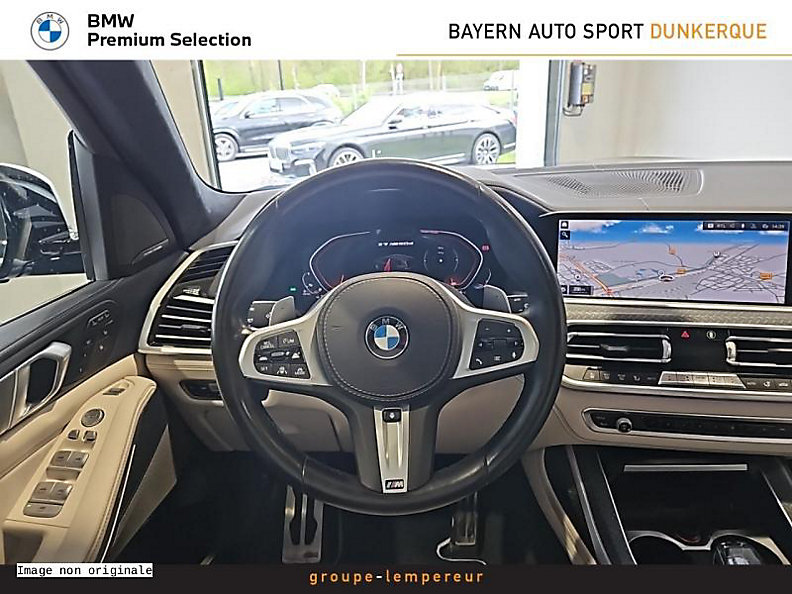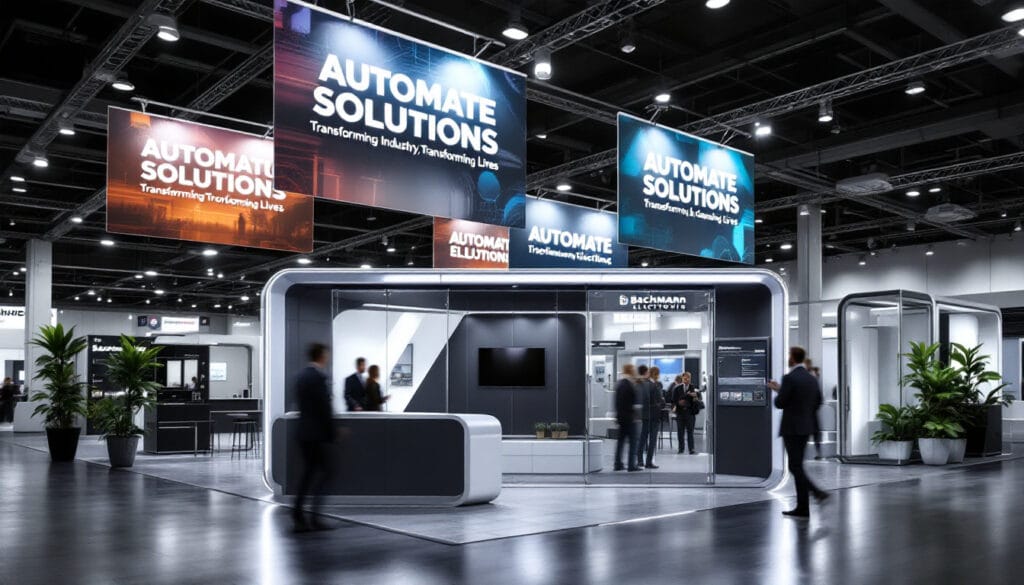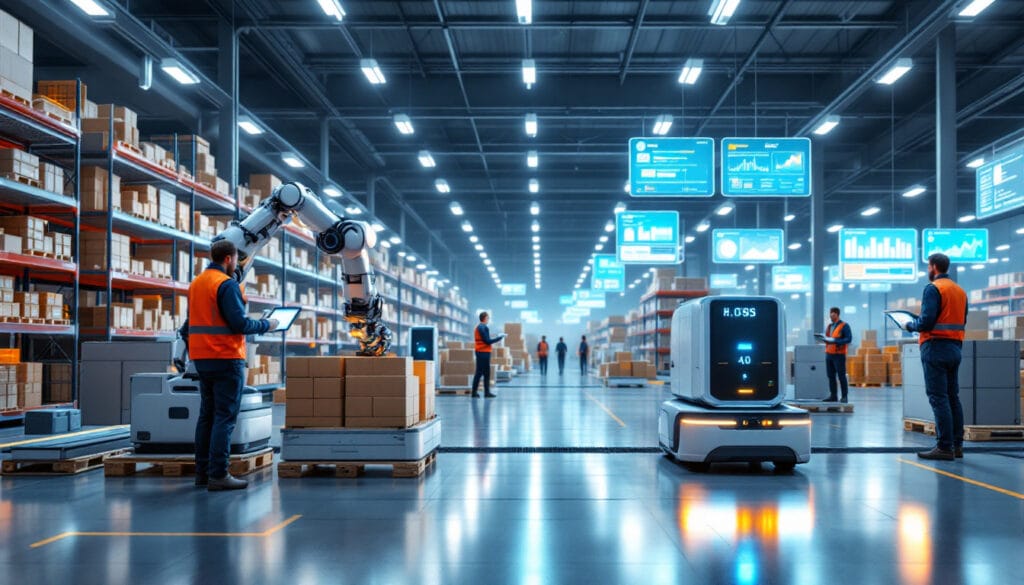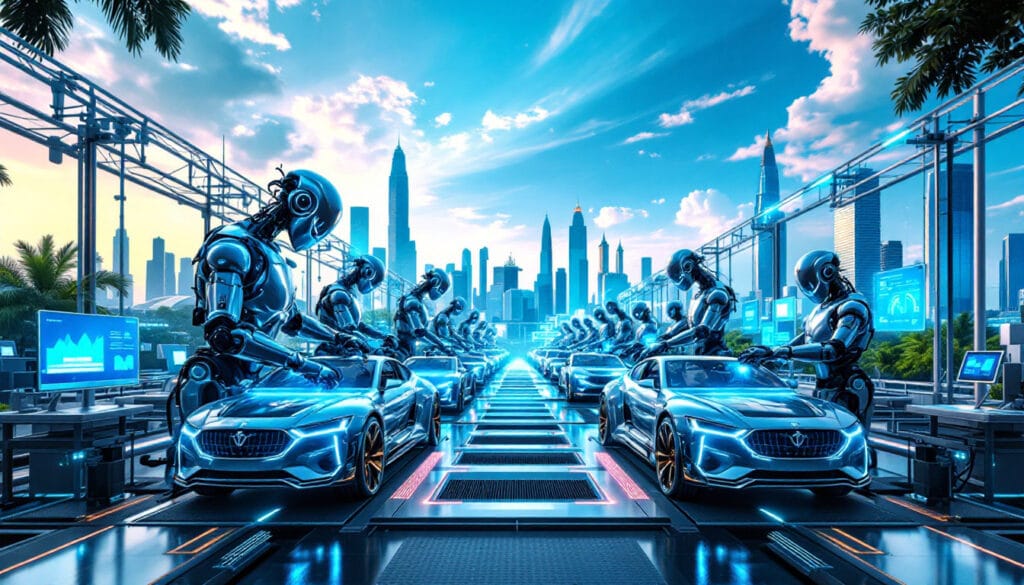The Revolution 4.0 is underway at BMW, a pioneer in the transformation of the automotive industry. By integrating cutting-edge technologies such as artificial intelligence, virtual reality, and advanced robotics, BMW is redefining the contours of modern manufacturing. At the heart of this transformation are “smart factories,” where humans closely collaborate with machines to optimize production. Bold projects like the simulation of assembly lines and the use of humanoid robots illustrate this German giant’s commitment to projecting into the future and shaping the industrial landscape with increased efficiency and enhanced safety.
Table des matières
ToggleBMW and the Revolution 4.0: Transforming Automotive Manufacturing
BMW is at the forefront of the Revolution 4.0 by integrating advanced digital technologies into its manufacturing processes. At the core of this transformation are tools like virtual reality and humanoid robots. These innovations not only optimize efficiency but also improve worker safety. BMW’s iFACTORY program aims to revolutionize future production through a blend of efficiency, digitalization, and sustainability. The Regensburg plant uses virtual reality to plan and prepare for the launch of the NEUE KLASSE, while the Spartanburg plant tests humanoid robots for carrying out complex tasks. This effective digital approach reflects BMW’s commitment to shaping the future of automotive manufacturing through Industry 4.0.

Industry 4.0 and Innovation at BMW
The era of Industry 4.0 marks a decisive turning point in automotive manufacturing. At BMW, integrating cutting-edge technologies such as the Internet of Things, artificial intelligence, and advanced robotics into production processes has become essential to remain competitive. These innovations promise smarter, more efficient, and more responsive production systems, changing the way products are designed, manufactured, and delivered.
At the core of this transformation are smart factories where machines, systems, and humans communicate and collaborate in real time. BMW stands out by using virtual reality simulations to prepare its production lines, particularly for the NEUE KLASSE model. This digital approach aims to establish new standards in digitalization, electrification, and circularity.
Virtual Reality: A Step Towards the Future
At BMW, virtual reality is much more than a gadget; it is an essential tool for preparation and planning. At the Regensburg plant, this technology allows for meticulous virtual planning of new production lines, years before mass production starts. The simulation of digital twins combines mapping of manufacturing structures with ergonomic analyses, thereby offering specifications for efficient and safe cycles.
Humanoid Robotics: The Evolution of Automation
Alongside virtual reality, the exploration of humanoid robotics demonstrates BMW’s commitment to the future of automation. At the Spartanburg plant, a trial with the advanced Figure 02 robot proved its capabilities, especially in the precise insertion of metal parts. This reinforces the idea that combining advanced technologies for physically demanding or repetitive tasks could significantly improve ergonomics and human worker safety on site.





